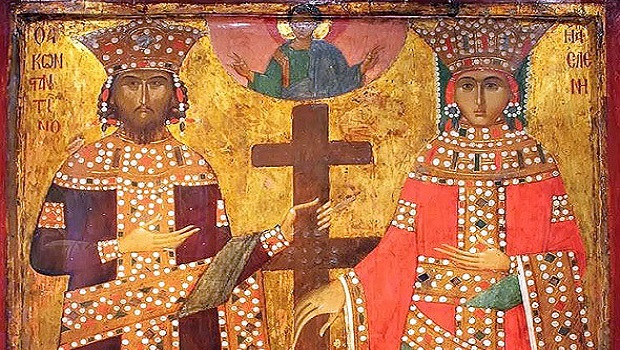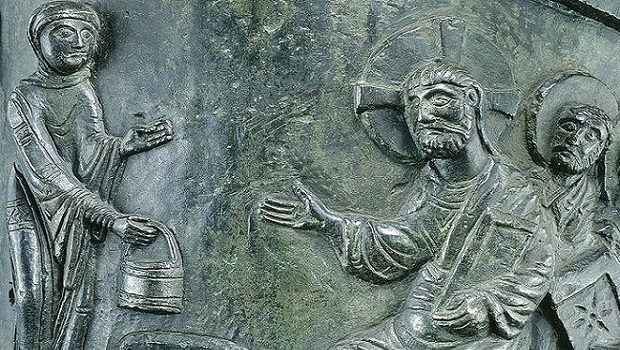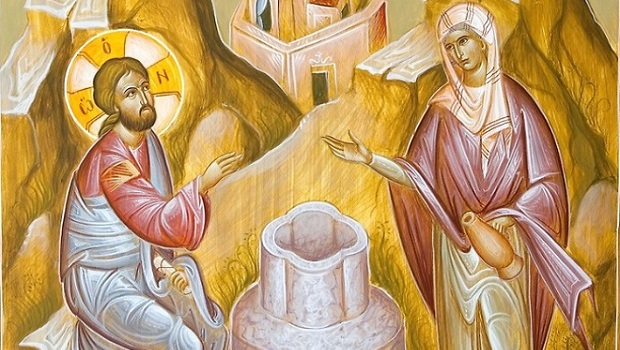Protopresbyter Vasileios Georgopoulos
The phenomenon of heresies has been present from the first steps of the Church towards preaching the Gospel to the world. It’s a phenomenon which, from as early as the Apostolic Age, has been considered an expression of the mystery of lawlessness (II Thess. 2, 7).
In the New Testament and in the works of the Holy Fathers of the Church the basic parameters, as well as the severe soteriological consequences of this phenomenon are described (I Tim. 1, 9; II Peter, 2. 1). Hereafter, we shall attempt to note some of the characteristics of the phenomenon, which have appeared in a variety of heresies over time.
a) It’s well-known that the Church, as the body of Christ, is a mystery which is above and beyond time. Each heresy, on the other hand, belongs to a specific time and place in terms of being shaped, selected and created in a reciprocal historical discontinuum.
b) For the Orthodox faith, the truth is not an abstract concept or an intellection notion. The truth is a person. It is the all-holy person of the God/Man (Jn. 14, 6). The Church is His body, it preaches Christ and His Gospel, transmits Christ, delivers Christ, lives Christ, not as an ideology, but as an empirical event which it experienced ( Jn. 1, 1-4) and “as they were delivered to us by those who from the beginning were eye-witnesses and ministers of the word.” (Luke 1, 2).
Heresy, on the other hand, selecting, rejecting, adding to or subtracting from the fullness of the divine Revelation in Christ Jesus, distorts the truth. i.e. distorts Christ. As Saint Gregory Palamas so aptly remarks: “For those who are of the truth are of Christ’s church and those who are not of the truth are not of Christ’s church either” (Rebuttal of a letter of Ignatios, 3).
c) In his description of the soteriological consequences of the entry of a Christian into a heretical group, Saint Amfilokhios of Iconium, through the liturgical practice and sacramental life of the Church and in an outstandingly realistic manner, notes, among other things: “For those who, in baptism have been clothed in Christ, by thus leaving the Church, are unclothed of Christ” (Against the Apotactites [Renouncers] or Gemellites, 7). Exit from the Church essentially means casting off the garment of Christ. Is there anything more painful for a Christian? We think not.
d) Often enough in history we witness division upon division between the different heretical movements. This reveals another locus of spiritual morbidity. This is described in detail by St. John Chrystostom, when he notes that the tree of heresy “was, indeed, planted by wicked thoughts, untimely curiosity, but was watered by overweening arrogance and supplemented by love of ambition” (PG 48, 719).
There are no small and great heresies, not slight or marked departures from the teaching of the Church. The truth is never a matter of quantity. Our Orthodox faith, the ecclesiastical ethos and worship of the Church is one and the same integer or value and cannot be subdivided. Saint John Chrysostom remarks: “As with the royal coinage, if someone cuts out a small character, they make the whole coin counterfeit, so it is with healthy faith: if but the smallest part from the beginning (or principle) is overturned, the whole is tainted for the worse” PG 61, 622).
6) Every heresy, as regards its starting point, is a repetition of the same, original provocative temptation. It’s another faith, another attitude to life, which, as Saint Irenaeus of Lyons says “the prophets did not declare, the Lord did not teach and the apostles did not transmit” (Refutation of False Knowledge 8, 1). It is a way of life which is outside the guidelines of the Church. It is a path that each heretic follows without discretion or proper information, because he or she has been convinced by the promise of an unfeeling and phony salvation.
7) In concluding these few observations, we would like to add one more. As the body of Christ, the Church remains the only place of treatment for human existence and the forcing-pit of sanctity. In the persons of its saints it can be seen that its proposal for the assumption and transformation of the world is not Utopian but an empirical proposal of life, the only safe way for each person to become a new creation in Christ (II Cor. 5, 17).
Every heresy, on the other hand, as a system of deceit lacks precisely the manner of treating human existence which Christ revealed and which we see in the struggle in the Holy Spirit and the Christ-imitating ethos of our saints. Since every heresy ignores this transformational procedure and its fundamental and binding conditions for people’s glorification in Christ, it replaces it with its own constructs, with the delusion of a smug, instant salvation expressed as a personal, pietistic practice.
Source: pemptousia.com




0 Comments